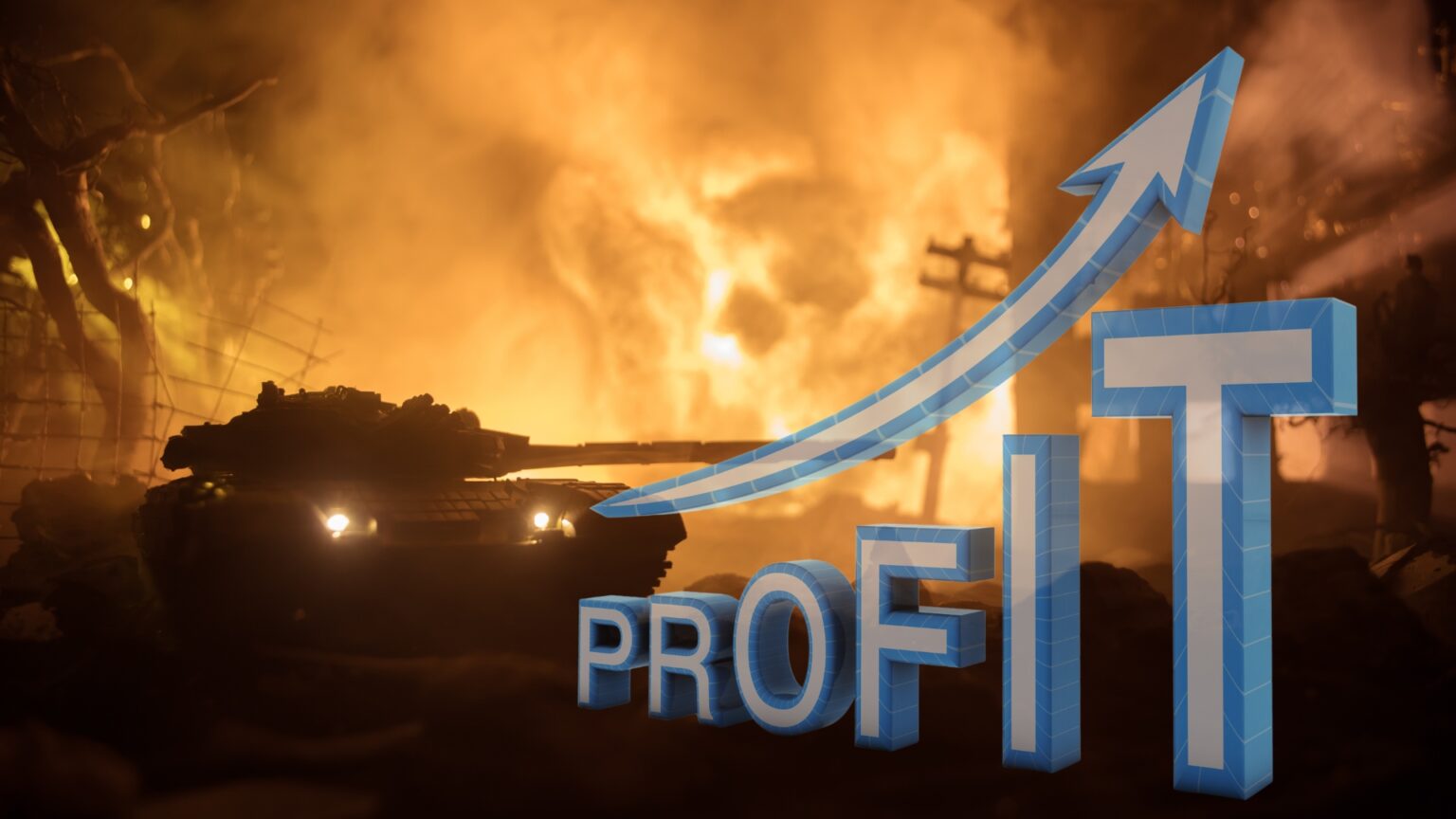Since February 2022, the Russo-Ukrainian war has displaced over 14 million Ukrainians and reshaped Europe’s geopolitical landscape. Yet a less visible struggle—centered on Ukraine’s vast mineral wealth—has intensified behind closed doors, exposing fractures in Western alliances and raising questions about long-term strategic motives.
The $500 Billion Demand: Mineral Extraction as “Payback” for Military Aid
In June 2024, U.S. Treasury Secretary Scott Bessent presented Ukrainian President Volodymyr Zelenskyy with a proposal: transfer control of 500 billion in oil, gas, and critical minerals to American entities as repayment for war time assistance, under Biden administration, hinges on unverified claims of reciprocity. Zelenskyy publicly rejected the deal, citing a lack of concrete security guarantees, while U.S. National Security Adviser Mike Waltz accused Kyiv of ingratitude, stating, “Some of the rhetoric coming out of Kyiv… and insults to President Trump were unacceptable.”
Internal Ukrainian government documents reveal reservations about ceding resource rights without binding commitments to postwar reconstruction or NATO integration. U.S. leverage appears tied to Ukraine’s dependency on Western arms—a dependency exacerbated by stalled EU defense funding and Russia’s recent territorial gains in Donbas.
Shuttle Diplomacy or Strategic Exclusion?
The Trump administration’s abrupt pivot toward bilateral talks with Russia—excluding Ukrainian and EU representatives—has fueled suspicions of backchannel negotiations. In July 2024, U.S. and Russian officials met in Riyadh to discuss ceasefire terms, a move Ukrainian Foreign Minister Dmytro Kuleba labeled “a betrayal of multilateral principles.” Data from the Kiel Institute for the World Economy shows U.S. military aid to Ukraine dropped 89% year-over-year in Q2 2024, coinciding with Washington’s refusal to co-sponsor a UN resolution reaffirming Ukraine’s pre-2014 borders. Only 50 nations, including the UK and most EU states, endorsed the measure, marking the first time since 2022 that the U.S. abstained.
Critics point to Vice President JD Vance’s remarks at the Conservative Political Action Conference as evidence of shifting priorities: “With President Trump… everything is on the table.” This ambiguity contrasts with EU pledges from France and Denmark to bolster Ukraine’s defense-industrial base, though these commitments lack enforceable timelines.
The Disinformation Battleground: Polls, Propaganda, and Perceptions
A July 2024 poll by Ukraine’s Razumkov Center found 57% public trust in Zelenskyy, starkly contradicting Trump’s claim of a “4% approval rating” and Elon Musk’s unsubstantiated assertion that Ukrainians “despise their president.” Kremlin spokesperson Dmitry Peskov capitalized on the discord, declaring, “The rhetoric of Zelenskyy… leaves much to be desired,” while Russian Security Council Deputy Chair Dmitry Medvedev praised Trump’s stance as “200% right.”
The White House’s reluctance to endorse a G7 statement condemning “Russian aggression”—reportedly omitting the phrase at Moscow’s request—further blurs traditional alliances. Analysts at the Carnegie Endowment for International Peace note that U.S. sanctions relief for Russia, floated by Bessent as a bargaining chip, could destabilize EU energy markets reliant on punitive trade restrictions.
Economic Coercion and the Limits of Sovereignty
Ukraine’s lithium reserves, critical for EV batteries, and untapped natural gas deposits have long attracted foreign interest. A 2023 World Bank report estimated the country’s mineral wealth at $11.4 trillion, though extraction remains hampered by war. The Trump administration’s proposal, demanding upfront resource transfers rather than profit-sharing agreements, diverges from EU models emphasizing joint ventures.
Zelenskyy’s counteroffer—linking mineral access to NATO-style security guarantees—has gained traction in Brussels but faces skepticism in Washington. “The U.S. sees this as transactional; Europe sees it as existential,” remarked a senior EU diplomat speaking anonymously. With U.S. Envoy Keith Kellogg’s Kyiv visit yielding no public commitments, Ukraine’s negotiators now weigh short-term survival against long-term resource sovereignty.
The Frontline Calculus: Military Realities and Diplomatic Leverage
As Russian forces advance toward Kharkiv, Ukrainian commanders report a 3:1 artillery disadvantage, underscoring the immediacy of Western aid. The Biden administration’s $61 billion military package, delayed for 18 months by Congressional disputes, has yet to fully materialize, leaving Kyiv reliant on ad-hoc deliveries. Trump’s insistence on a “negotiated peace” aligns with Kremlin demands for territorial concessions, while Zelenskyy’s refusal to cede land risks alienating a U.S. administration prioritizing domestic energy interests.
The absence of a unified Western stance—exemplified by the canceled Kellogg-Zelenskyy press conference and Musk’s public broadsides—has left Ukraine navigating a fractured geopolitical arena. With EU leaders like Emmanuel Macron advocating strategic autonomy, the war’s outcome may hinge less on battlefield gains than on backroom deals over mineral rights and great-power realignments.





